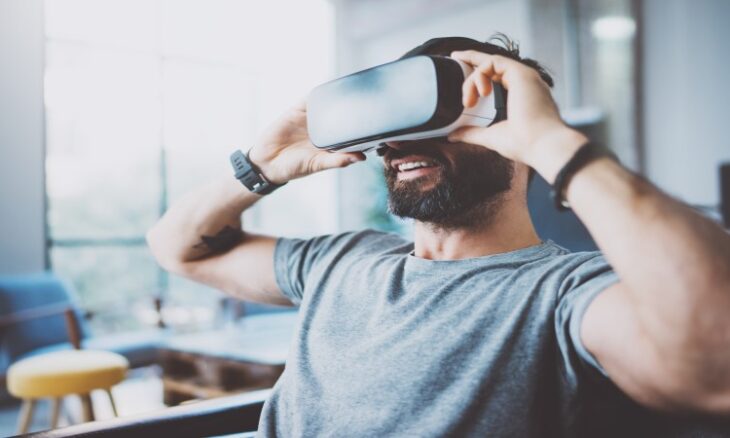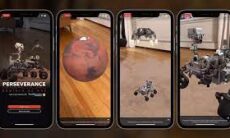Next-gen 3D Headset Blends Holograms and AI for Realistic Mixed Reality
A team of researchers has unveiled a pioneering 3D headset that merges artificial intelligence with holographic technology to deliver ultra-realistic visuals in a lightweight, glasses-style device. The development, led by engineers at Stanford University, marks a meaningful stride towards achieving what they refer to as the “Visual Turing Test”, a benchmark where the human eye cannot distinguish between real-world visuals and computer-generated holographic imagery.
The newly designed headset, not much bulkier than a conventional pair of spectacles, leverages a Nobel Prize-winning technique known as holography. This method captures not just the intensity of reflected light, as in traditional photography, but also its phase, the way light waves move in synchronisation. This enables the recreation of vivid three-dimensional representations that appear convincingly lifelike.
Detailed in the latest issue of Nature Photonics, the research showcases a mixed reality display that is only 3 millimetres thick, integrating seamlessly into everyday eyewear. The result is a device that projects dynamic 3D images directly into the user’s field of vision, blurring the boundary between the digital and the physical. The potential applications are extensive, spanning education, entertainment, virtual tourism, and remote communication, among others.
The lead researcher highlighted the unique visual advantages holography offers compared to conventional stereoscopic systems. Rather than depending on dual flat images to simulate depth, the holographic display presents imagery that naturally aligns with how the human eye perceives the world. Importantly, the slim form factor addresses a longstanding issue in the industry: the cumbersome and uncomfortable nature of most existing virtual reality headsets.
According to the team, the emerging field of “mixed reality” encapsulates the integration of digital elements into real-world environments. This technology strives to create a visual experience so convincing that users will eventually be unable to tell where reality ends and digital imagery begins. The prototype developed represents a meaningful progression toward that goal.
One of the paper’s co-authors, a postdoctoral scholar in the lab, explained that the Visual Turing Test is akin to the famous AI benchmark named after British scientist Alan Turing. In this visual version, success is measured by whether viewers can distinguish between a genuine object and a digital one projected through the display. The closer the digital image comes to fooling the eye, the more successful the device.
Achieving this level of realism requires sophisticated image calibration. The Stanford team accomplished this by designing a custom waveguide, a transparent material that directs light to the eye, and pairing it with an artificial intelligence system that fine-tunes image clarity and dimensionality. The resulting display offers both a broad field of view and a generous eyebox, which defines the range in which the eye can move while still viewing the entire image. This balance is critical for user immersion and visual comfort.
In technical terms, this fusion of a large eyebox and wide field of view is referred to as étendue. The effect is comparable to watching a high-definition screen that surrounds your entire vision, enabling the user to look around without sacrificing image quality. Furthermore, the streamlined design minimises physical strain, allowing for extended use without the neck or eye fatigue often caused by heavier headsets.
The project is part of an ongoing three-part research initiative. The first phase, completed last year, introduced the core waveguide component that makes the display’s form factor possible. This second phase delivers a working prototype capable of producing detailed 3D images. A commercial version is anticipated in the final phase, though its release may still be several years away.
Researchers behind the project emphasise that while this development is a milestone, many technical challenges remain. Even so, they describe it as the most advanced 3D holographic display to date. The ability to provide such high-quality imagery in a compact form is seen as a transformative leap in the evolution of extended reality technologies. The engineering team remains focused on refining the system further, aiming to bridge the final gap between illusion and reality.










